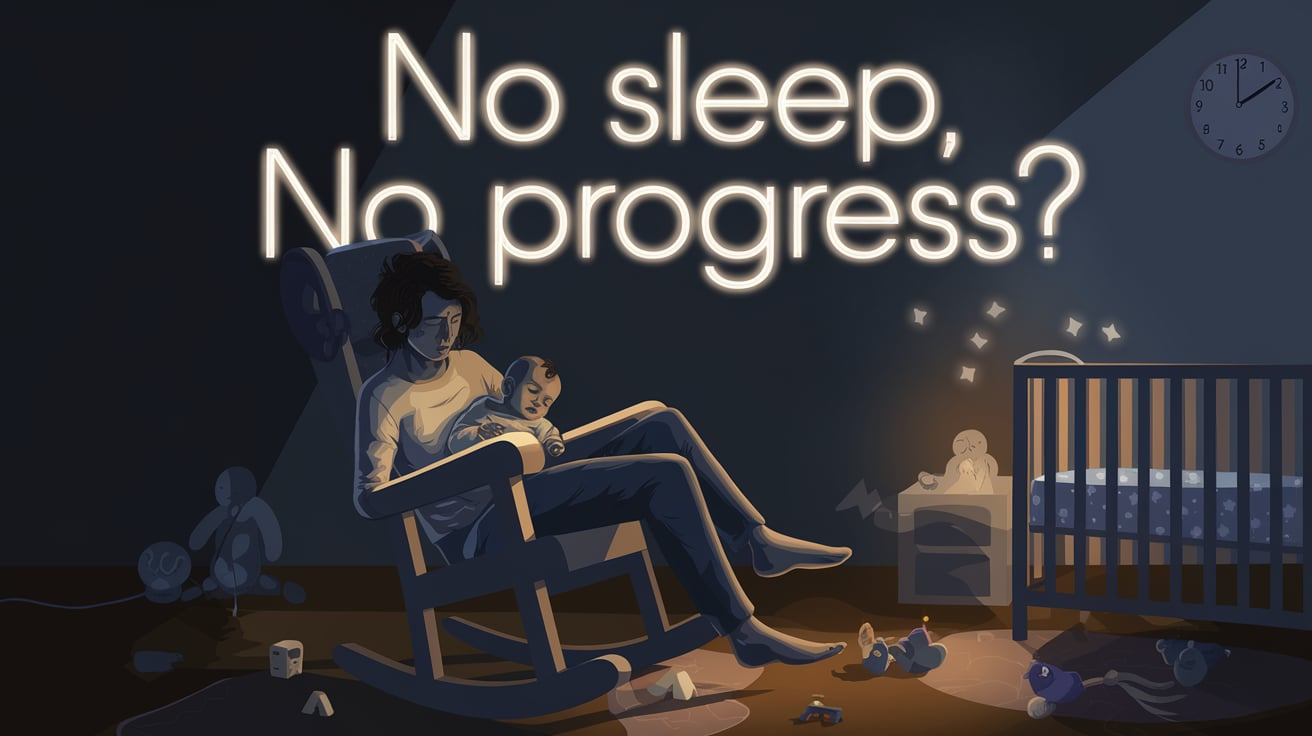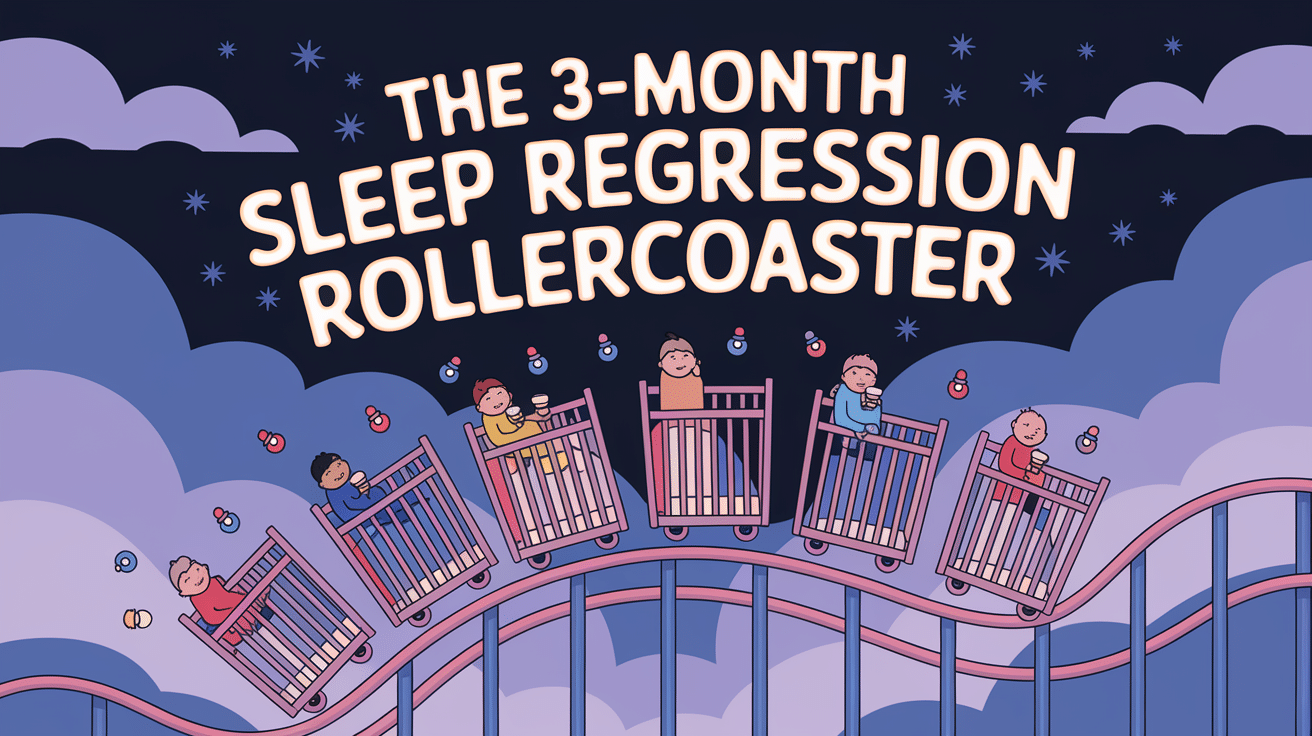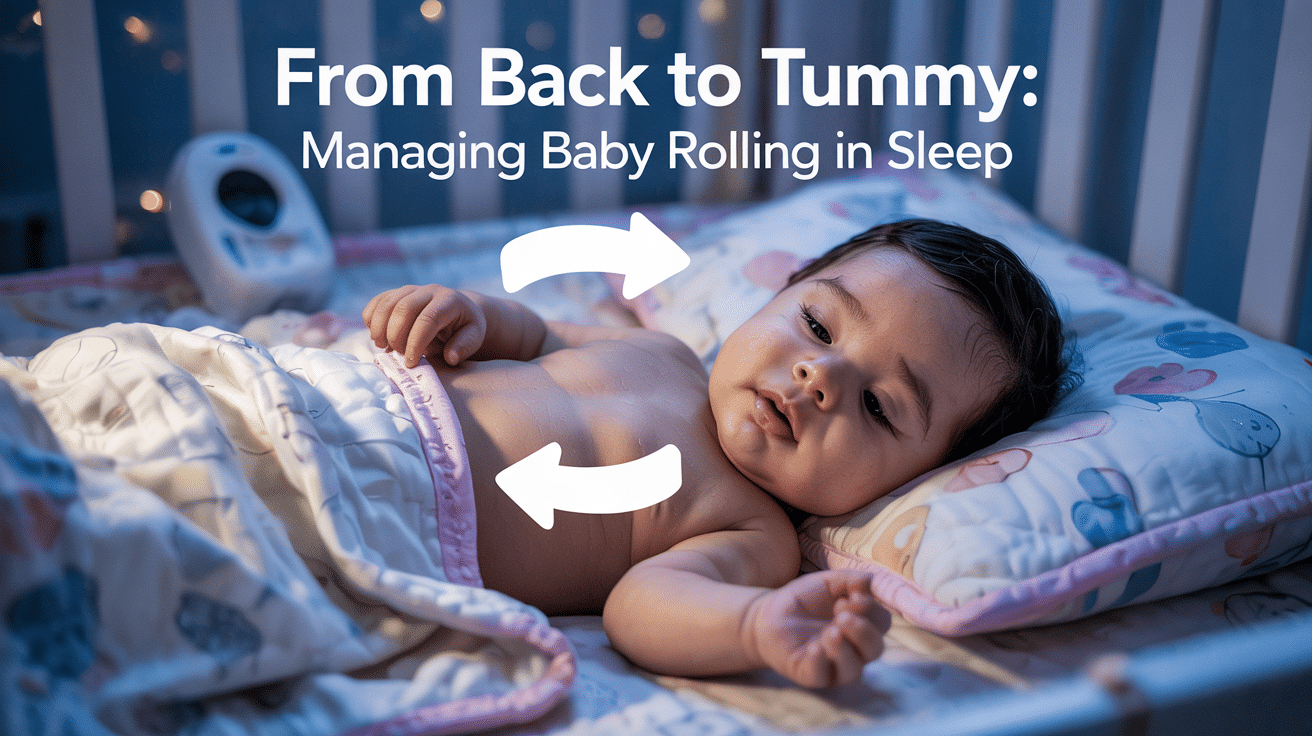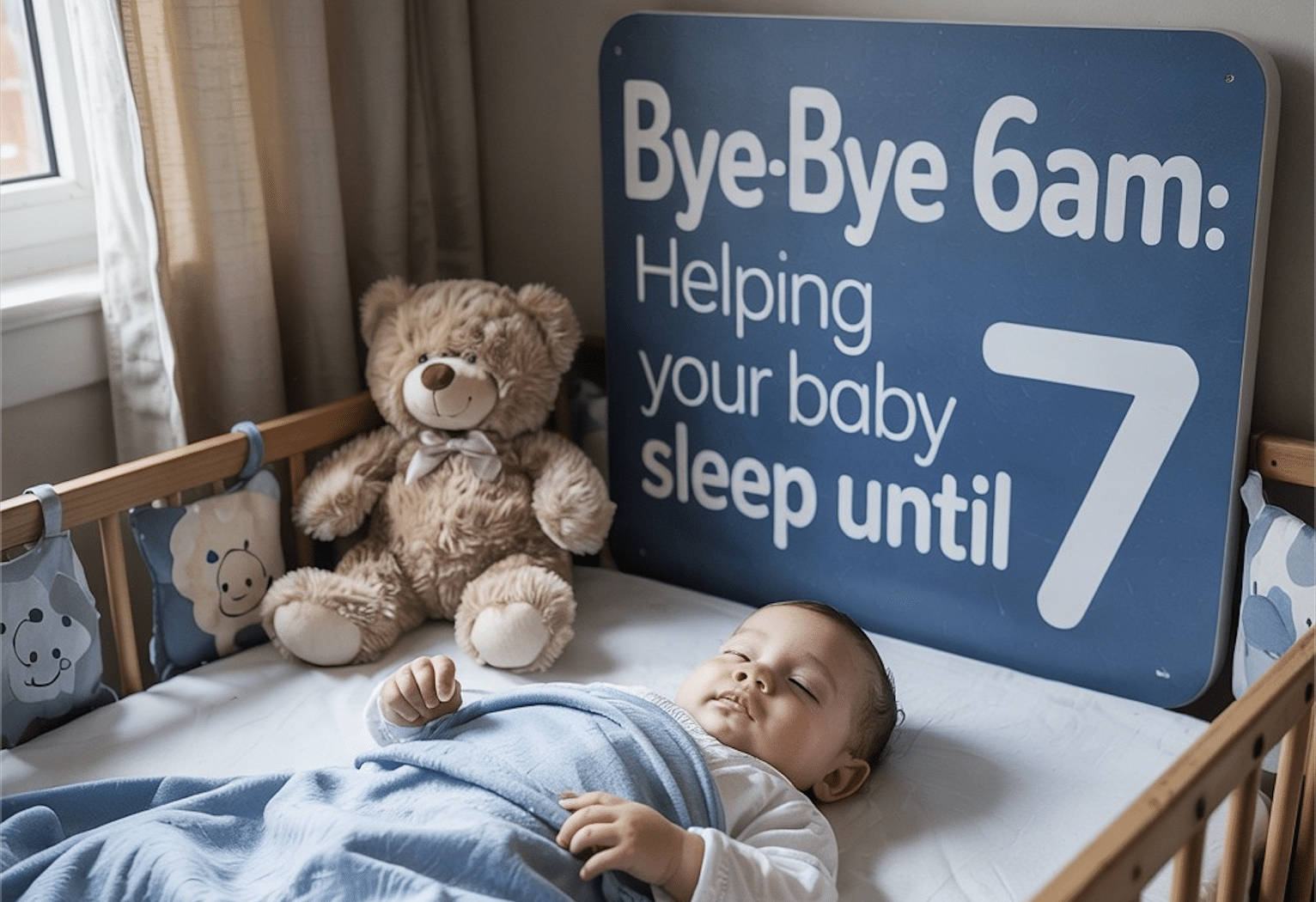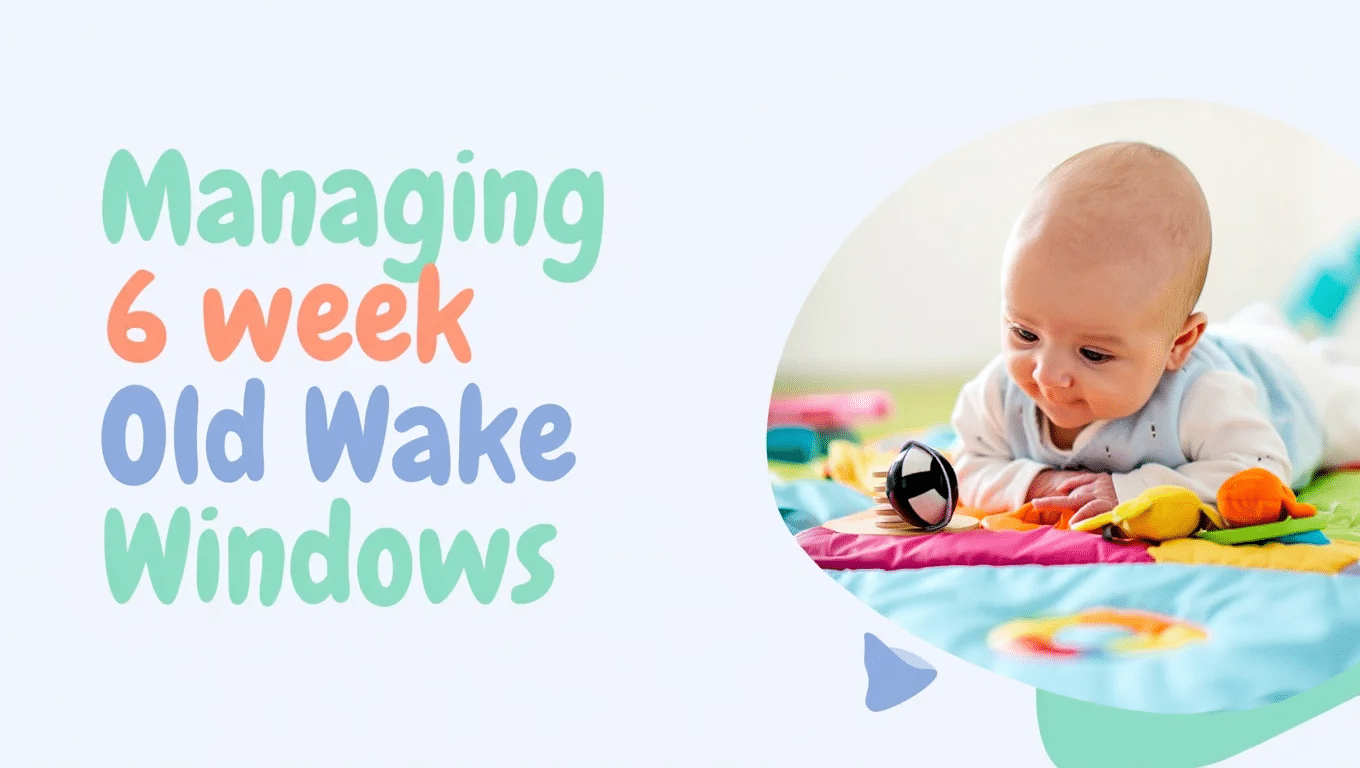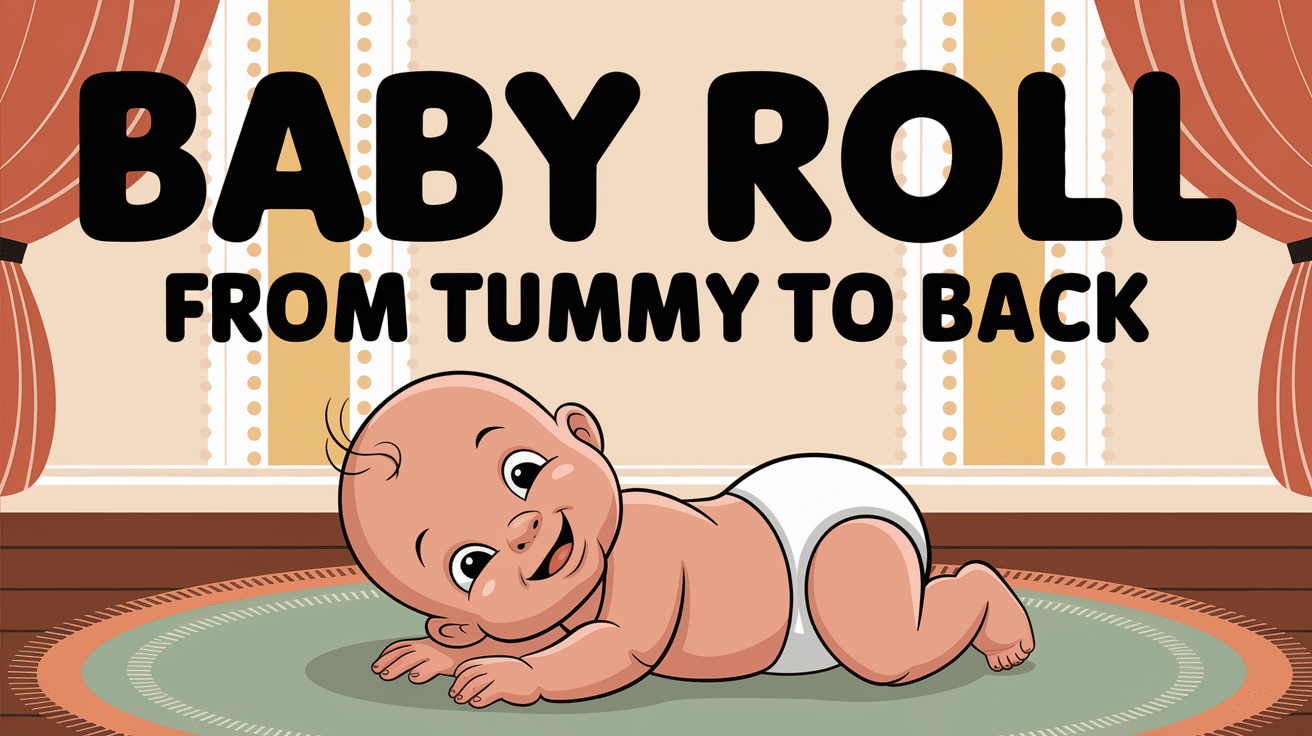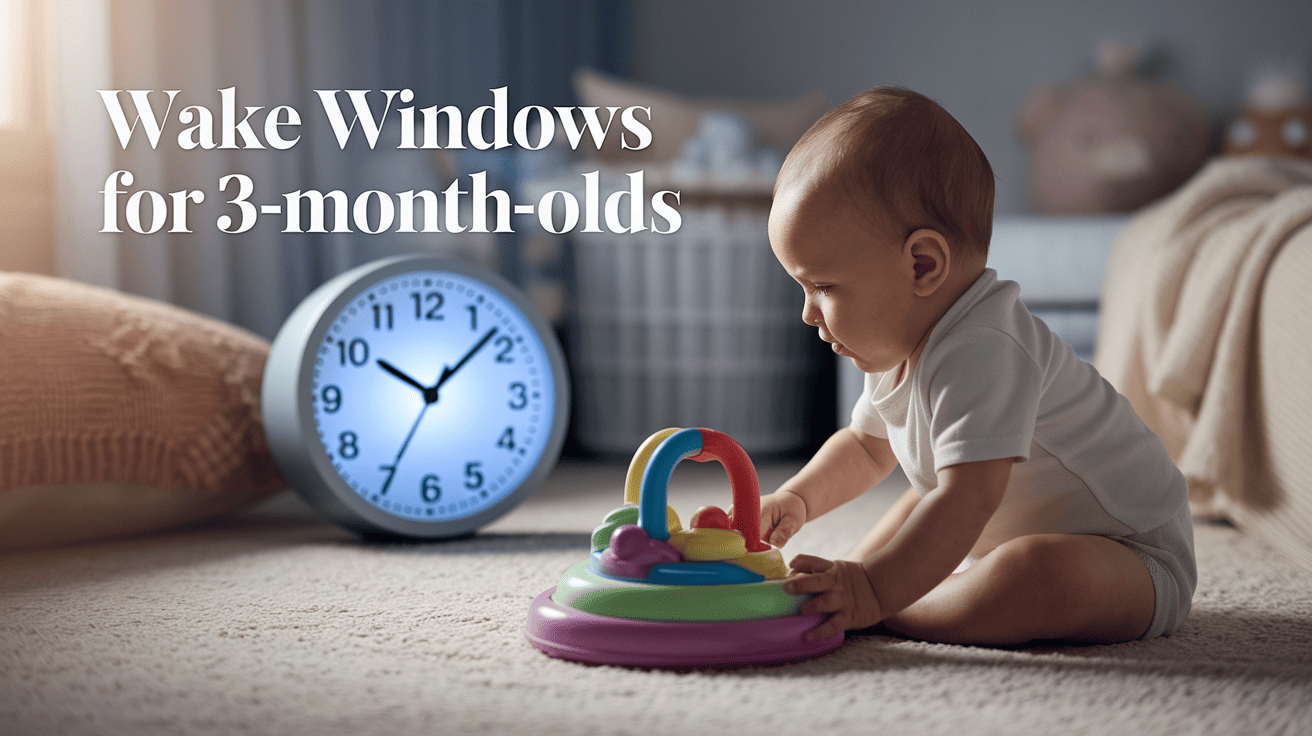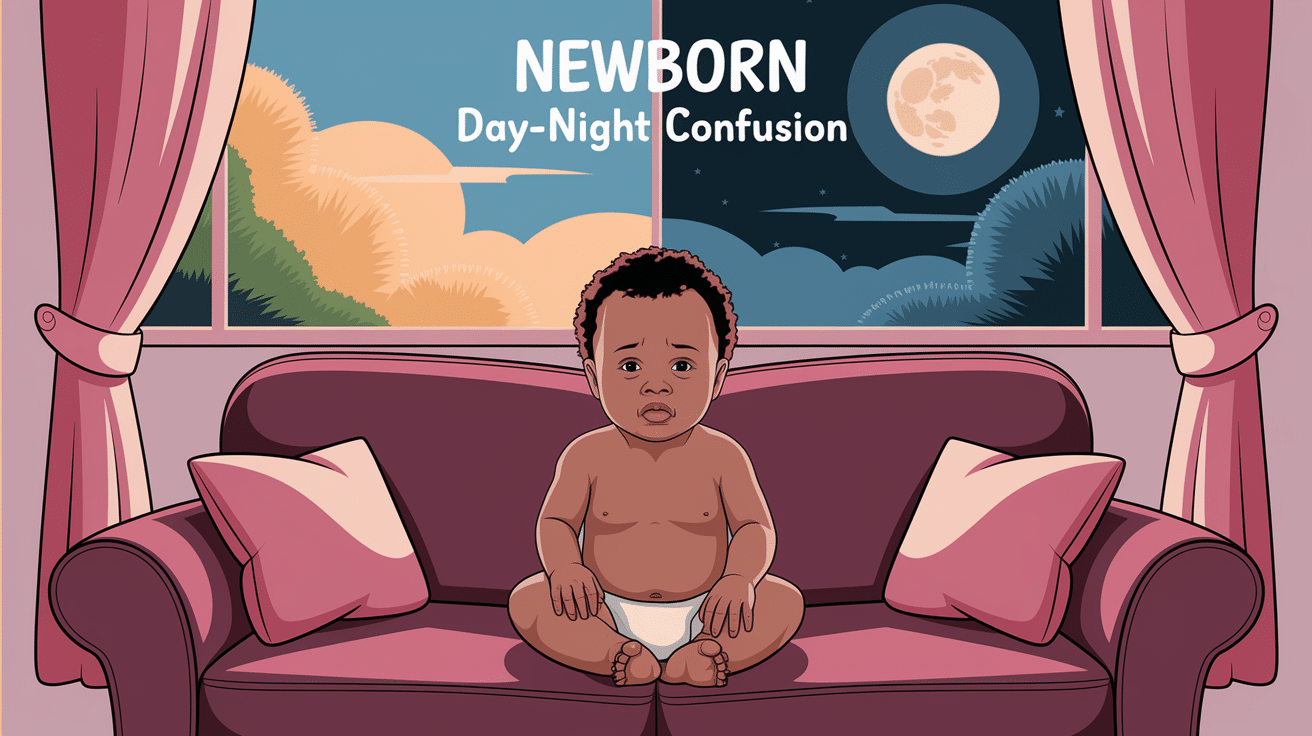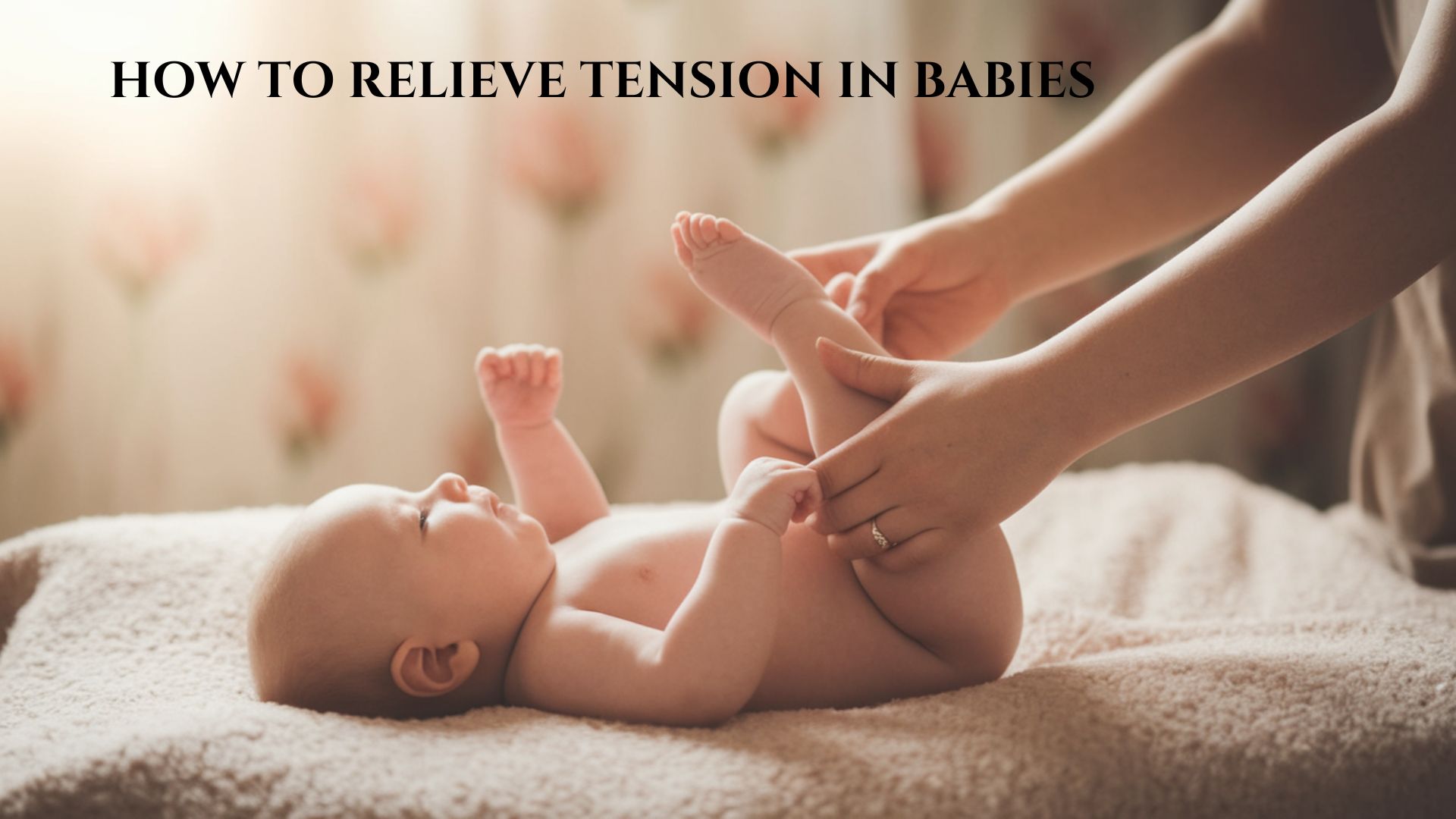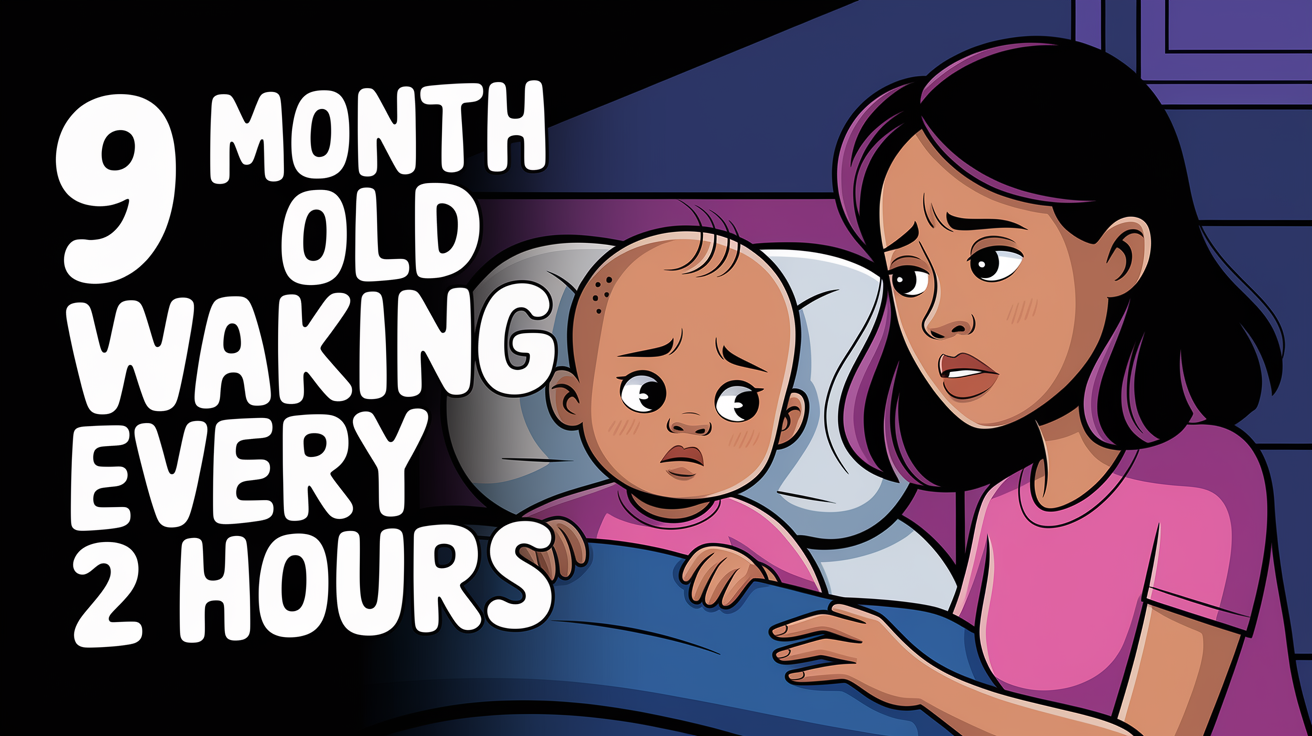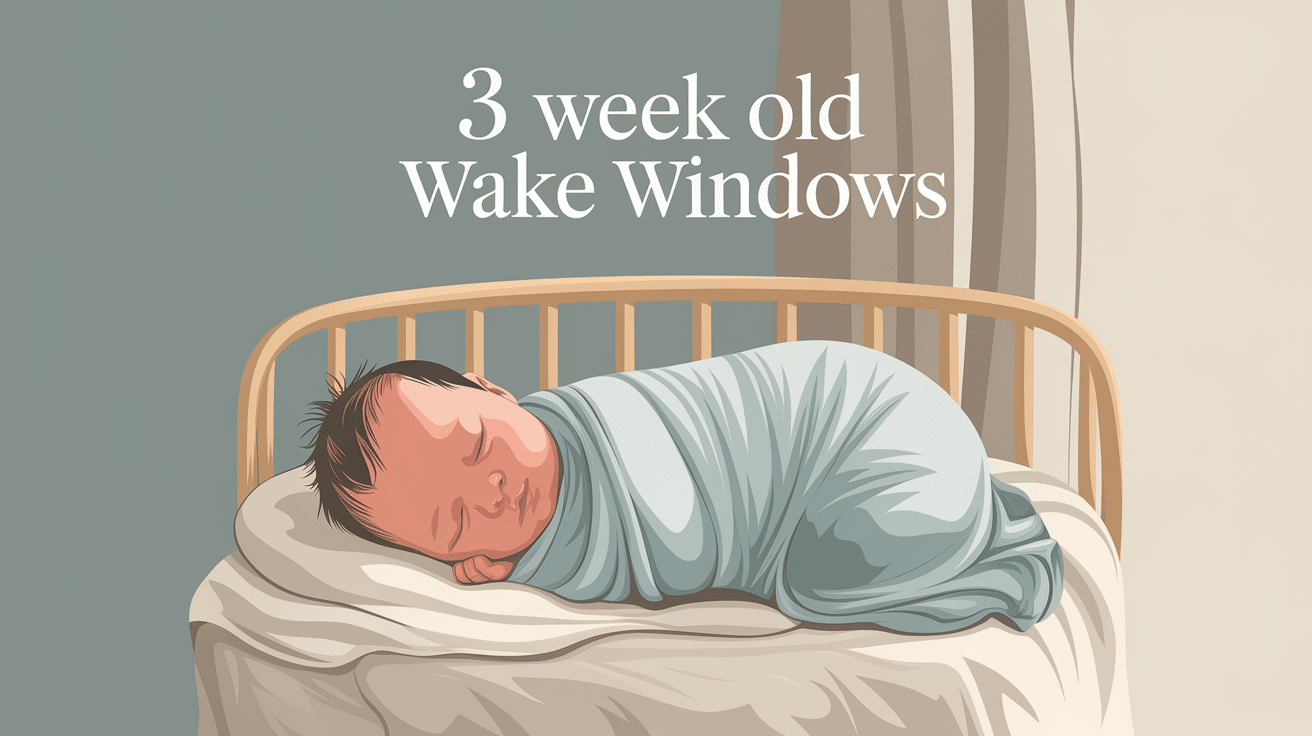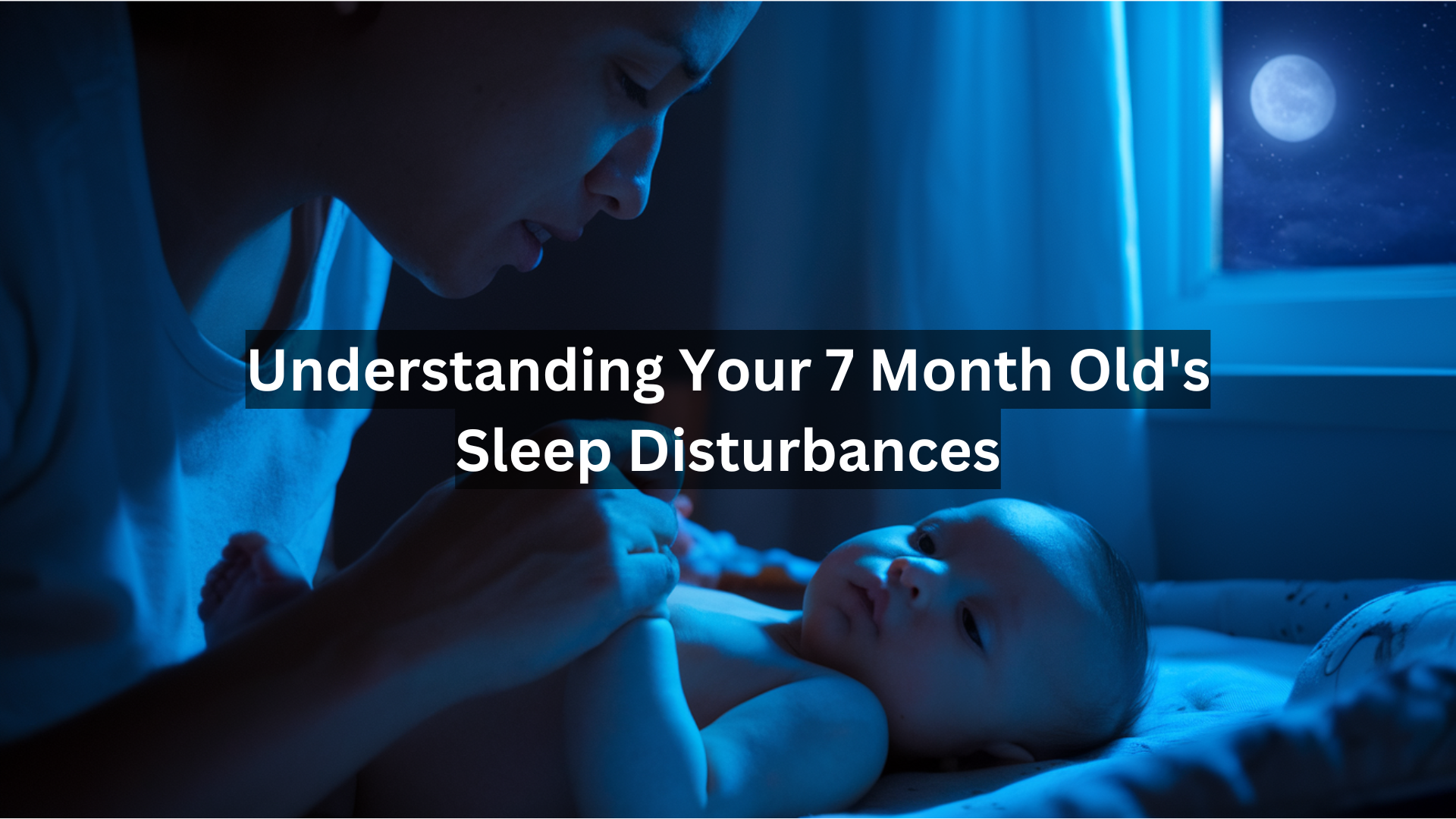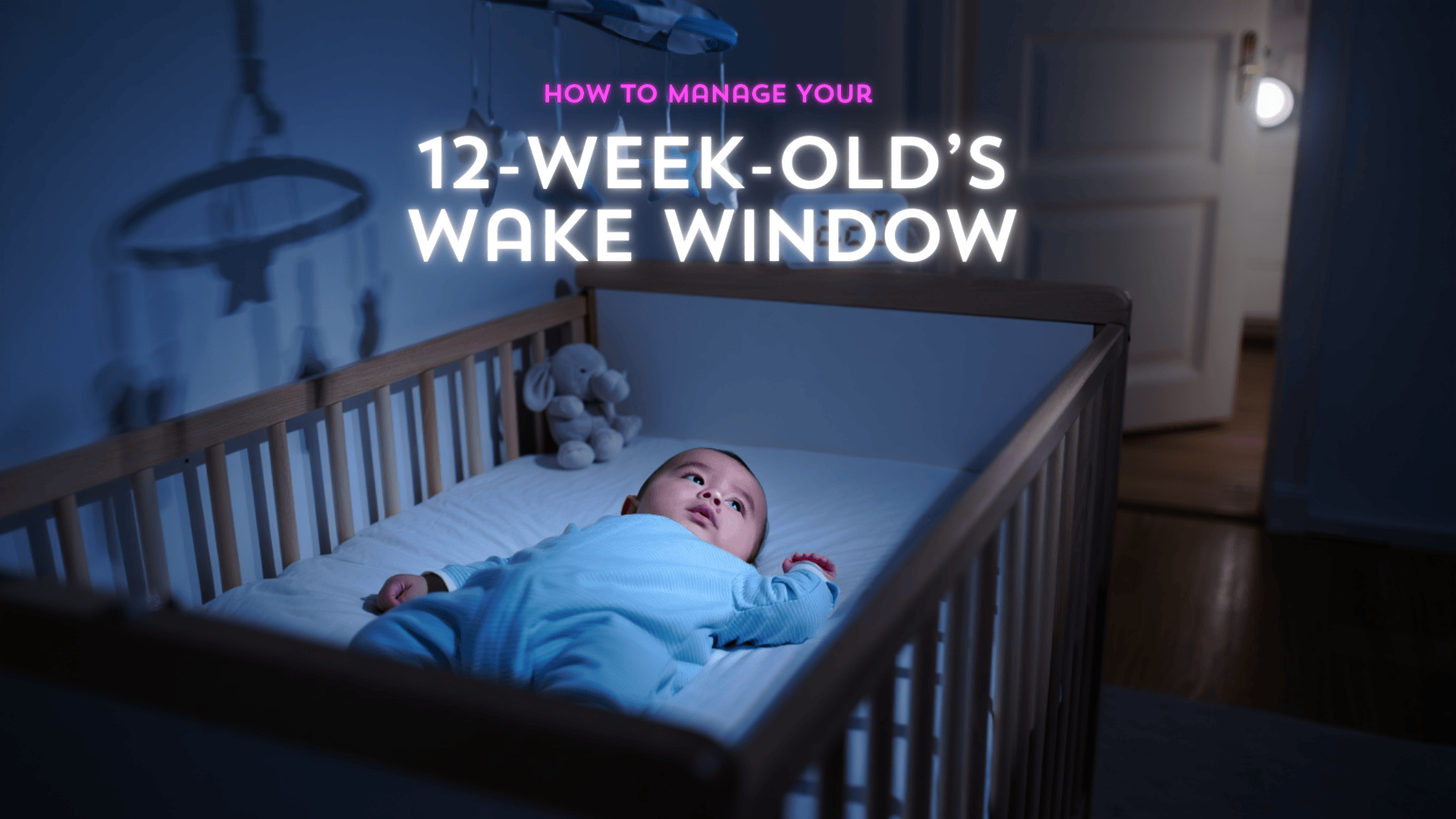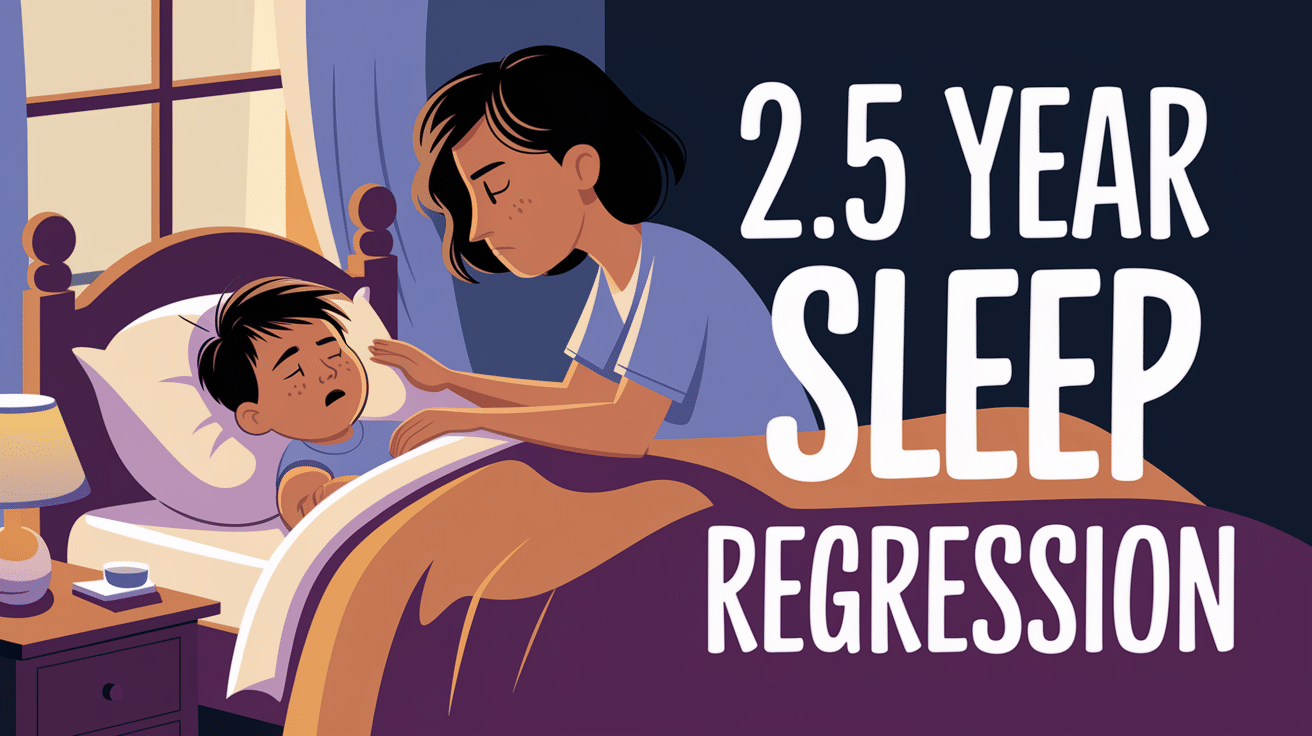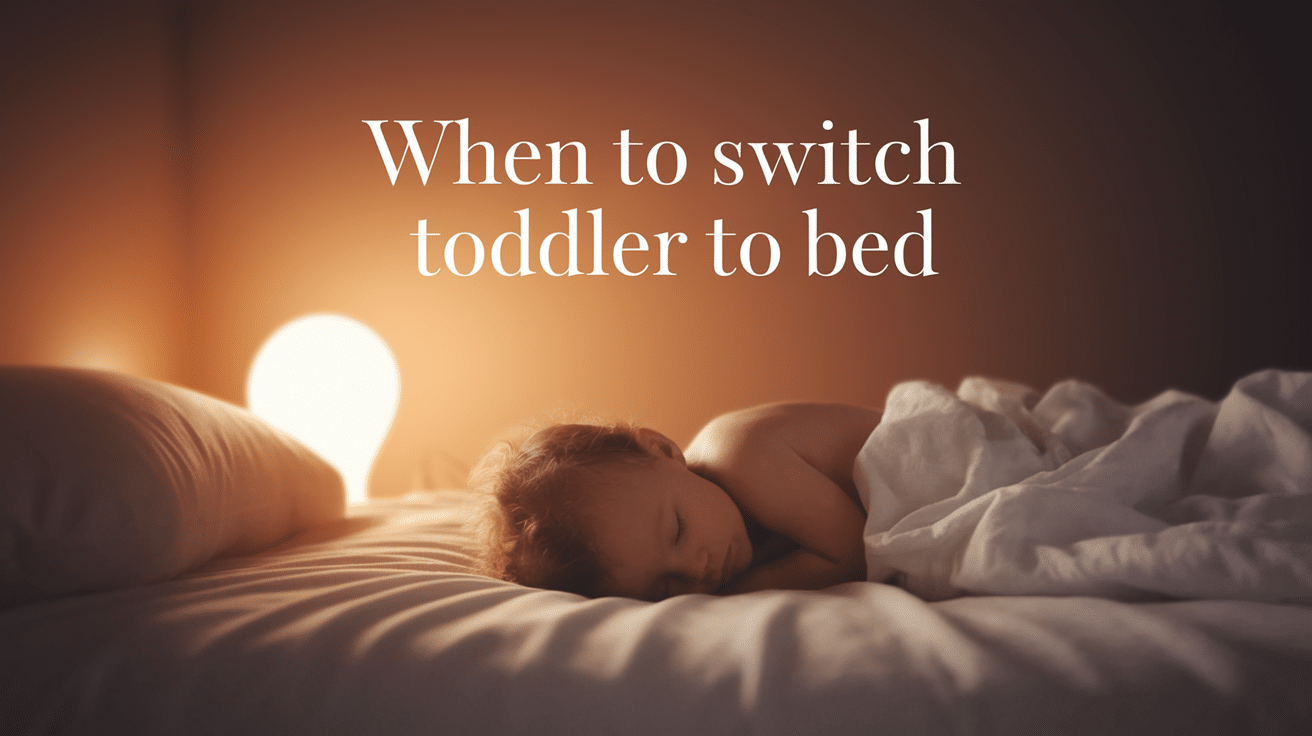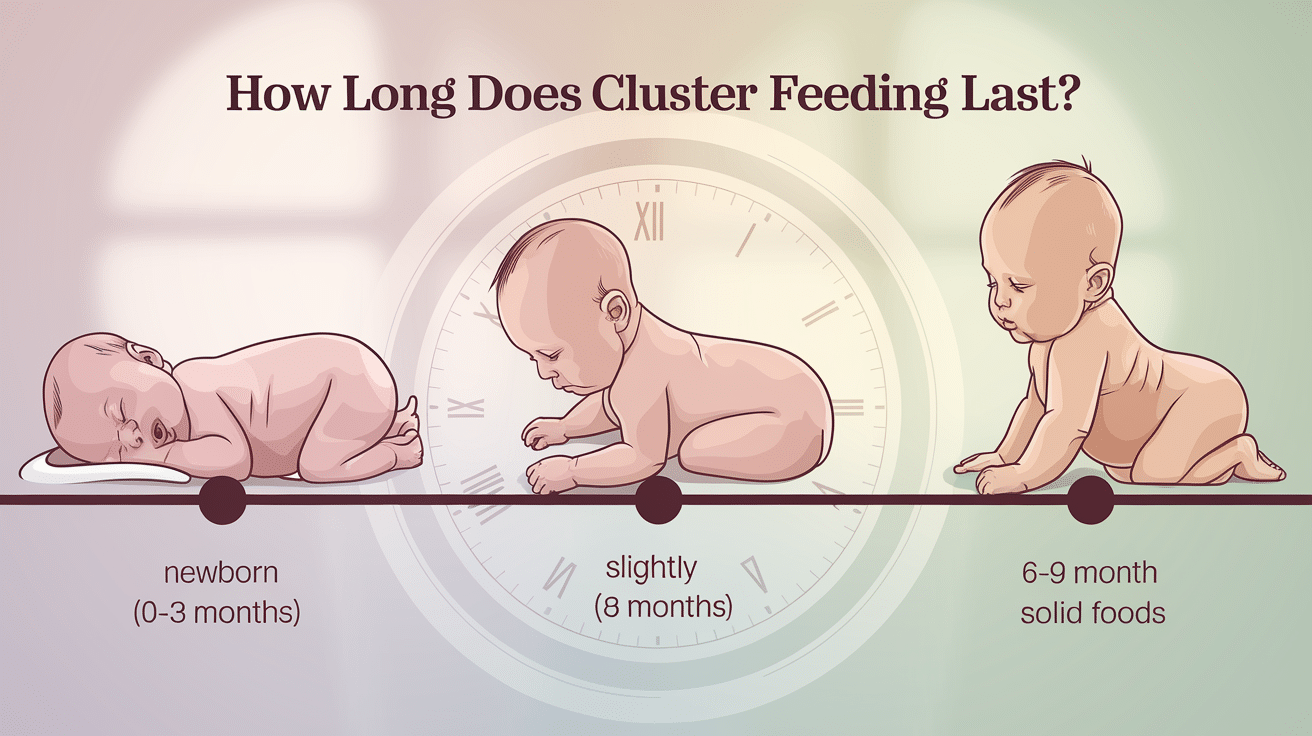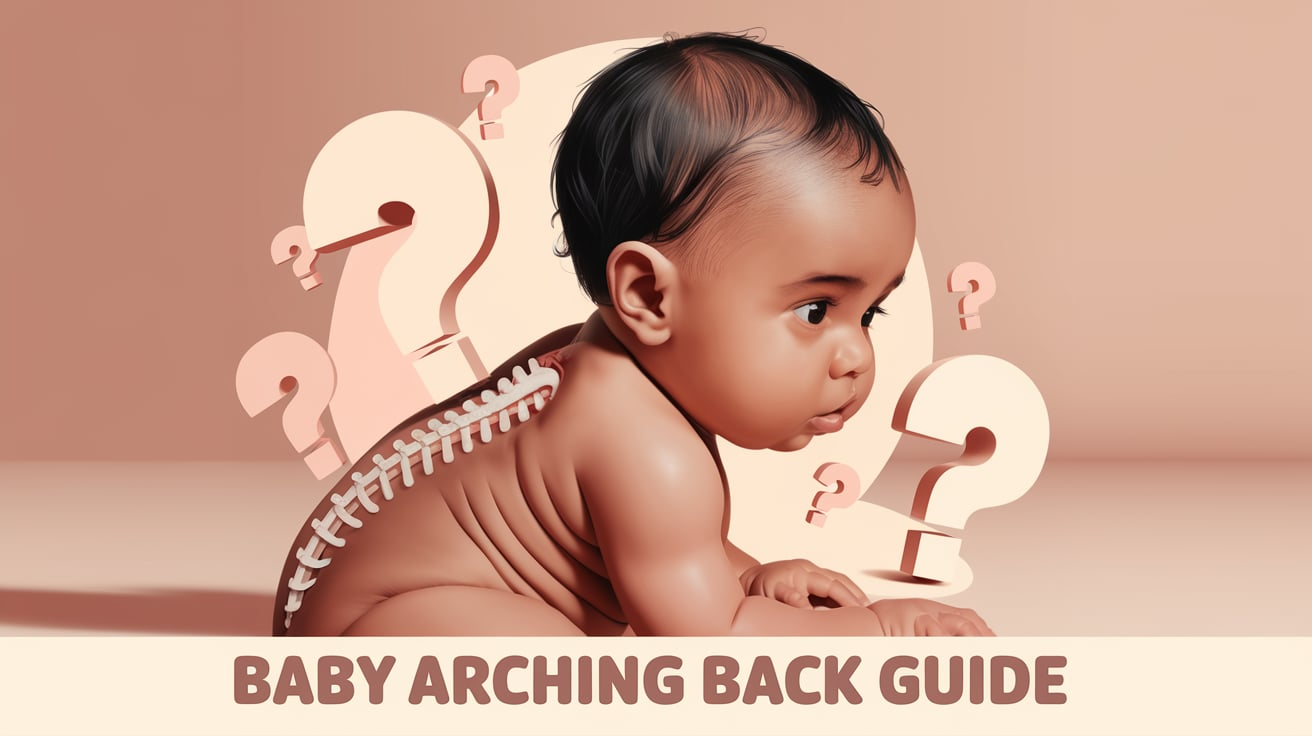
Is your once peaceful napper suddenly fighting sleep like it’s their job? You’re not alone.
The transition from two naps to one is a major milestone that changes your baby’s entire daily rhythm—and often your sanity along with it.
While most babies make this leap between 13 and 18 months, research shows that rushing this transition before 12 months can disrupt crucial developmental processes in your baby’s rapidly growing brain.
Those adorable new skills—from toddling first steps to budding vocabulary—actually require more rest to consolidate.
Understanding when and how to guide this sleep shift can mean the difference between tearful afternoons and a well-rested, happier household.
Understanding the Transition Timeline
When Do Babies Drop to One Nap?
Most babies are ready to transition from two naps to one somewhere between 13 and 18 months old. But remember, each baby is different! Some might be ready at 12 months, while others might hold onto that second nap until they’re closer to 19 months.
If your little one attends daycare, you might notice this transition happening earlier than you’d expect.
Many daycares move toddlers to a one-nap schedule when they enter the toddler room (often around 12-15 months), regardless of whether each child is ready.
Is 12 Months Too Early?
Yes, for most babies, 12 months is typically too early for this big change. At this age, babies are going through massive developmental leaps.
Many are learning to walk, building their vocabulary, and studying the world in new ways. All of this activity means they still need that extra sleep support from a second nap.
Think of it this way: When your baby is working overtime on new skills during the day, their brain needs extra rest to process everything they’re learning!
Recognizing Readiness for the One-Nap Schedule

1. Common Signs Your Baby Is Ready
How do you know when your baby is truly ready to drop that second nap? Look for these signs:
- Naptime battles: Your once-sleepy baby now fights going down for naps
- Nap strikes: Completely refusing one nap (usually the afternoon one)
- Shortened naps: Instead of solid 1-2 hour naps, you’re getting 30-45 minute “catnaps”
- Bedtime troubles: A baby who takes two naps might not be tired enough at bedtime
- Early morning wake-ups: Rising before 6 AM regularly can signal too much daytime sleep
- Bedtime keeps getting pushed later: You find yourself putting baby to bed after 8 PM to fit in two naps
2. The Importance of Consistency
Before making any big sleep changes, make sure you’ve been seeing these signs consistently for at least 1-2 weeks.
A single day of nap refusal might just be a blip—maybe your baby was overtired or overstimulated. Look for patterns, not one-off incidents.
Ever noticed how your baby’s sleep patterns seem to follow you around like a shadow? When they’re ready for a nap change, that shadow suddenly gets longer!
3. Additional Considerations
When evaluating sleep patterns, consider developmental leaps. Major milestones like walking, talking, or even teething can temporarily disrupt sleep.
If your baby suddenly starts refusing naps during a clear developmental leap, it might be better to wait a week or two before making any big schedule changes.
PRO TIP: Create a sleep log for a week before deciding to transition. Track nap times, durations, and bedtime to spot true patterns. A simple notes app on your phone works perfectly for this!
Understanding Wake Windows and Nap Timing

Wake Windows on a Two-Nap vs. One-Nap Schedule
On a typical two-nap schedule, your baby might follow a pattern like this:
- Wake up: 7 AM
- First nap: 10 AM (after a 3-hour wake window)
- Second nap: 2:30 PM (after a 3.5-hour wake window)
- Bedtime: 7:30 PM (after a 4-hour wake window)
When you transition to one nap, those wake windows stretch significantly:
- Wake up: 7 AM
- Single nap: 12:30 PM (after a 5.5-hour wake window)
- Bedtime: 7 PM (after a 5-hour wake window)
This big morning stretch can be challenging at first! Your baby needs to build up the stamina to stay awake and happy for those 5+ hours before their nap.
Determining the Ideal Nap Time
The sweet spot for a single nap is usually right in the middle of your baby’s day. For most toddlers, this falls somewhere between 12 and 1 p.m.
Timing this nap well helps ensure your child isn’t overtired before the nap while also building enough sleep pressure for a smooth bedtime.
Picture your baby’s sleep like a pendulum: too little daytime sleep, and they’ll be overtired at night; too much, and they’ll be underwhelmed by bedtime. Finding that perfect middle ground is key!
Which Nap Gets Dropped?

The Transition Process
Here’s something that surprises many parents: You don’t actually “drop” either nap during this transition.
Instead, you gradually shift the morning nap later and later until it becomes a midday nap, naturally eliminating the need for that afternoon snooze.
Think of it as merging two naps into one longer, more restorative sleep period. A well-timed single nap should last between 1.5 and 2.5 hours, giving your toddler the sleep they needs to make it through the afternoon without melting down.
Step-by-Step Strategies for Transitioning
1. Days 1-3
- Push the morning nap 30 minutes later (if it was at 9:30 AM, move it to 10 AM)
- Shorten the afternoon nap to 45 minutes maximum
- Move bedtime earlier by 30 minutes if your child seems tired
2. Days 4-6
- Delay morning nap another 30 minutes (now at 10:30 AM)
- Keep afternoon nap brief (30 minutes) or skip if not needed
- Maintain earlier bedtime to prevent overtiredness
3. Days 7-9
- Push morning nap to 11 AM
- Replace afternoon nap with quiet time or a short “motion nap” (stroller walk or car ride) if needed
- Stick with the earlier bedtime
4. Day 10 and Beyond
- Aim for the nap to start between 12-1 PM
- Extend nap duration to 1.5-2.5 hours if possible
- Adjust bedtime based on nap quality and duration
PRO TIP: During this transition, carry an “emergency nap kit” when out and about. A lovey, small blanket, and portable sound machine can help your little one catch a quick catnap in the stroller if they’re melting down in the afternoon.
Alternative Methods for Nap Transition
Cold Turkey Transition
Some children adapt better to a quick change, especially those who are clearly ready and have been fighting the second nap consistently. If you choose this approach:
- Push the morning nap later by 1-2 hours immediately
- Skip the afternoon nap completely
- Move bedtime earlier (sometimes as early as 6 PM initially)
- Expect 2-3 rough days while your child adjusts
Flip-Flop Method
This works well for children who aren’t quite ready but showing some signs:
- Monday: Try one nap at midday
- Tuesday: Return to two naps to recover
- Wednesday: Try one nap again
- Thursday: Back to two naps
- Continue alternating until your child can comfortably handle one-nap days
Adjusting Bedtime
During this transition, bedtime becomes your secret weapon! A temporarily earlier bedtime (30-60 minutes earlier than normal) can prevent the overtiredness that leads to night-waking and early-morning wake-ups.
Remember: sleep begets sleep. A well-rested child will sleep better than an exhausted one who’s running on empty!
Managing Challenges During the Transition

1. Monitoring Sleep Quality
Watch for these signs that your child is struggling with the transition:
- Increased night-waking
- Very early morning wake-ups (before 5:30 AM)
- Extreme fussiness in the late afternoon
- Taking more than 30 minutes to fall asleep at nap or bedtime
If you notice these consistently, you might need to slow down the transition or temporarily go back to two naps for a week or two.
2. Handling Inconsistencies
Some days will go perfectly, and others will feel like chaos. This is completely normal! During transitions, flexibility becomes your best friend. Be ready to:
- Offer an early bedtime on days when the nap is short
- Accept a 10-minute car nap if that’s all you can get
- Use quiet time as a substitute when naps fail
3. Expert Tips
- Keep mornings active to help your child make it to the later nap time
- Get outside in the morning—natural light helps regulate sleep hormones
- Maintain your naptime routine to signal that it’s time to sleep
- Use blackout curtains for the single nap to extend its duration
PRO TIP: Create a special “quiet time box” with toys that only come out during the old afternoon nap slot. This helps maintain a break in the day for both you and your child, even when that second nap disappears.
Additional Helpful Information
Importance of Consistent Bedtime Routines
Maintaining a consistent bedtime routine is crucial during big sleep transitions. It signals to your child that sleep is approaching, helping them wind down despite schedule changes.
An effective routine might combine bath time, pajamas and toothbrushing, quiet reading, singing or saying goodnight to toys, and using white noise and darkness. This predictable sequence provides security amid change.
Parental Self-Care
Parents should also practice self-care during these challenging periods by tag-teaming with partners, lowering household expectations, planning simple meals and activities, and remembering this phase is temporary.
Helpful resources like the Huckleberry can suggest optimal nap times based on your child’s age and sleep patterns.
Sleep consultants offer personalized transition plans, and online parenting communities provide valuable peer support from others experiencing similar challenges.
Final Thoughts
Transitioning your baby from two naps to one requires patience, consistency, and flexibility. If you can choose the gradual approach of shifting nap times over 10+ days, try the cold turkey method, or opt for a flip-flop schedule, remember that your child’s sleep signs are your best guide.
Maintain consistent bedtime routines during this change, adjust wake windows strategically, and prioritize self-care—this challenging phase is temporary.
The ideal one-nap schedule centers around midday (12-1 pm) and should last 1.5-2.5 hours, supported by appropriate wake windows.
With thoughtful planning and realistic expectations, both you and your baby can guide this significant sleep milestone and emerge with refreshed daytime routines and restful nights.
If you’re interested in more informational content on mothers and babies, feel free to click here and research other blogs that you might enjoy.









